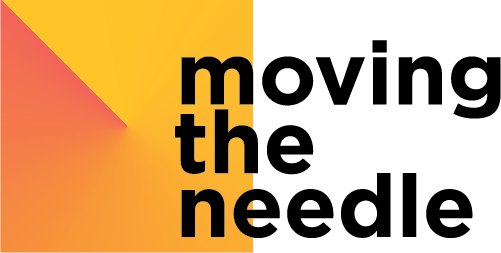Making OKRs Lean Again - Part 3
Welcome back to the third installment of Dave’s experience starting out with OKRs. As you know, the end of the quarter has arrived and their learning curve is huge.
End of the quarter
The end of the quarter arrived. Everyone was asked to report on their OKRs. Teams and departments reported little progress on their OKRs. The Sales team however did great! Dave had already informed Mary that this was to be expected. The first OKR cycle is for learning. All the OKR experts will tell you this. So they decided to give OKRs another try. Dave realized this OKR initiative took more effort than expected. But he learned from the literature that the process takes time, to be patient. He also learned that setting OKRs with so many people takes a lot of preparation. Dave had more on his plate these days, because of onboarding new employees, leading the talent acquisition team and increased sick leave. Therefore, he hired a program manager that could oversee OKRst. His name was Bob. Bob had years of experience in change management programs, so none of what the company was experiencing with OKRs was new to him. As good program managers do, he started to formalize the process. He created mandatory meetings for everybody to attend to smooth out the OKR process. With the company still growing, new people and teams popped up almost every quarter. When it came to setting OKRs for the upcoming quarter, it took three weeks to make sure everybody had filled in their OKRs into the software tool. Regardless, Bob was confident that he could mobilize such a large group of people every quarter to fill in their goals.
Not everybody was happy with the continuation of the OKR initiative within the company. Some people said there were too many meetings now. Some people didn’t enter their OKRs into the OKR software system. In response, Bob started to send automated email reminders to people: “PLEASE FILL IN YOUR OKRs”. After chasing people down, finally, most of them had submitted their OKRs.
This process continued on for almost nine months.
Evaluation
One day, Mary walked in and asked Dave: “We have been using OKRs for 3 quarters now, how is the engagement going on?” Dave responded: “Your timing is perfect! Yesterday, we ran another employee engagement survey, however, the results aren’t that great.” “Oh? How come?” asked his boss. “Well…,” John hesitated to share the findings with her because he didn’t like to be the bearer of bad news. “We only saw a small uptick in the engagement survey, it seems the OKRs didn’t work”. His boss looked confused. “How is that possible? Everybody has now clear goals defined, everything is now made transparent, why aren’t they working?” John replied: “People still complain that they’re missing the bigger picture.” He continued: “And they also don’t like working with OKRs because they see them as an administrative hassle”. His boss replied: “Mmmm, maybe this OKR thing is not for us. I don’t see very many results coming out of it anyway. Yesterday I had a meeting with one of our investors and he talked about OSGM and V2MOM or something. Let’s try that instead. I think it’s a better fit for us.” She looked at Dave: “By the way, can you prepare for the annual performance reviews, it is that time of year again! And we can definitely use the OKRs to evaluate people now.”
Analysis of the story
The problem with Dave’s story is that you probably believe it’s fiction. Unfortunately, this story is more real than you might believe. There are many things that went wrong that I’ve seen in real life, as well.
The main reasons that things go sideways when implementing OKRs are because there is an issue with one or more of the following:
Company culture. It is one based on a command-and-control model and doesn’t have empowered (product) teams.
Focus. There are too many OKRs and the “big picture” isn’t clear.
Purpose. Leaders fail to communicate why they want to use OKRs.
Routine. People get discouraged and disengage due to a lack of visible results (set & forget)
Autonomy: OKRs are set by management (not independent teams) and the OKR software manages the progress on those goals.
We see similar patterns when companies try to adopt “Agile working”, Scrum or trying to scale any of the Agile methods. “We have implemented Jira so we are Agile!” If you struggle to get these things working in your organization, then OKRs are an even tougher challenge for you.
Deciding to jump on the OKR train is usually triggered by some shocking report score, like a poor score in employee engagement. For some time the HR department has been tracking employee engagement and usually, for the lack of any better measurement, they use eNPS. Some more senior HR departments use a more sophisticated survey, like the OHI or Q12. These measurements happen every year or every half year. The trigger to start looking into OKRs is almost always a low score on purpose, lack of direction or low alignment.
The problem is that OKRs are primarily for B2C product-led companies with high-performing software teams. OKRs is Agile on steroids. If you can’t get the basic Agile stuff to work, if your teams don’t master software delivery, if they are not empowered, then OKRs aren’t for you. Well, not yet, at least!
There is a different approach to OKRs that has proven results in large or enterprise organizations. With careful timing, in combination with hiring strong product leaders, you could use OKRs for transforming your existing company culture into a modern product development culture. OKRs can act as the framework for continuous culture transformation.
In my next post and the final installment of Dave’s story, we’ll talk more about where it all went wrong (and what went right!).
Now Available!

